Solemn Reflections at Sugihara House, Kaunas
V and I stood in front of the slate-grey door of the Sugihara House. We had trudged through the snow to get to this modest house, the only museum in Kaunas that was open on Monday, and our hopes of learning a chapter of its history rested on this excursion. I rang the doorbell; thankfully, a young local lad answered.
‘Actually, we’re closed today,’ he deadpanned.
Fortunately, he was just kidding. He ushered us in from the cold and we paid for our tickets. In the next room, we watched a short film that introduced us to the remarkable events that took place there nearly 80 years ago.

History of the Sugihara House
In the years when Kaunas was Lithuania’s capital, the house was the Japanese consulate. Chiune “Sempo” Sugihara, the vice-consul, and his family lived there at the outbreak of World War II.
Following Germany’s occupation of Poland at the start of the war, thousands of Polish and Lithuanian Jews fled to the east. Things only got worse after that, however; the Soviet Union annexed the Baltic States in the summer of 1940 and ordered the closure of foreign missions. Escape seemed impossible. The refugees crowded around the few missions in Kaunas that hadn’t closed, including the Japanese consulate where Chiune Sugihara worked.
Sugihara wrote to his superiors in Tokyo and sought their permission to issue visas to the refugees. Only those who had a ticket to a final destination and enough funds were eligible, they said.
This is where a story of extraordinary moral courage begins
Against his superiors’ orders, Sugihara decided to issue as many visas as he could. He worked 20-hour days for six weeks, barely stopping for meals. Sugihara had to close the consulate in September 1940 but he told the refugees where they could find him. He carried on working until the moment his train left the railway station. By then he had signed enough transit visas for 6,000 Jews. Many of the visa holders were able to get tickets on the Trans-Siberian railway and sail to Japan. From there, they made their way to North America, Australia, China, New Zealand and Palestine.
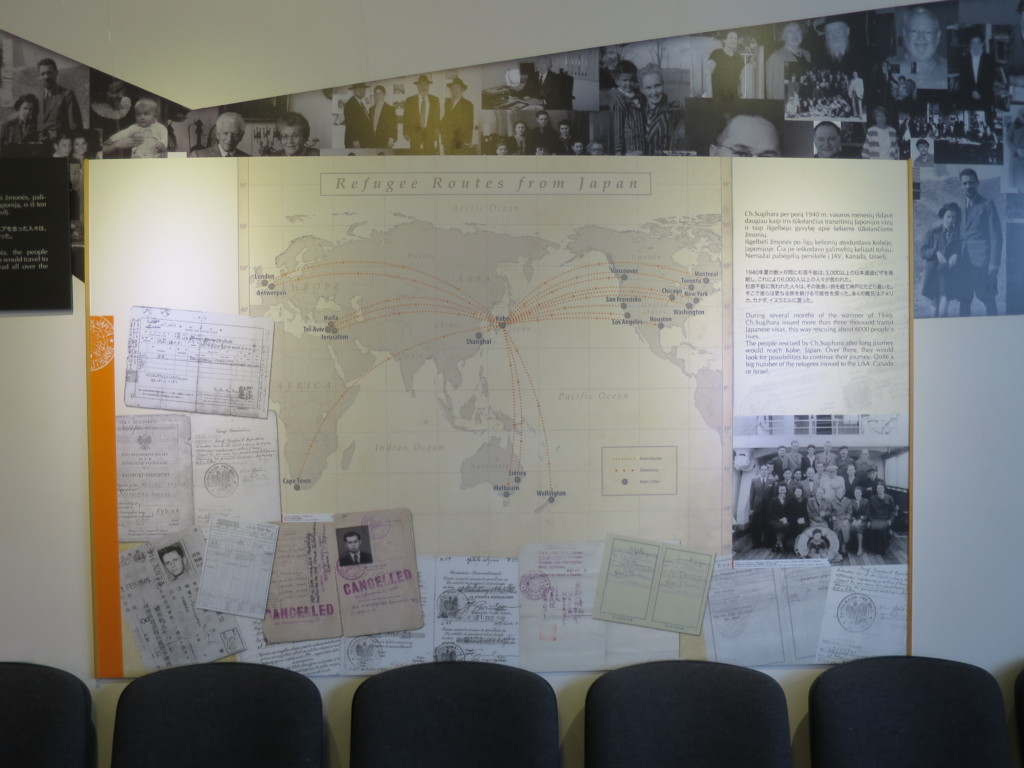
Also in Lithuania: Sunrise over Neringa
After the war, the Japanese government dismissed Sugihara from the civil service. It took two decades for the survivors to locate him, but when they succeeded in the 1960s, they invited him to visit Israel. In 1985, he was made one of the Righteous Among the Nations, a title reserved for non-Jews who helped Jews escape the Holocaust.
The house today
The exhibition space occupied the first floor of the Sugihara House. Besides the ticket office and the screening room, we had a look around the former living room and the office. The latter featured some of the original furniture and stationery that Sugihara used.
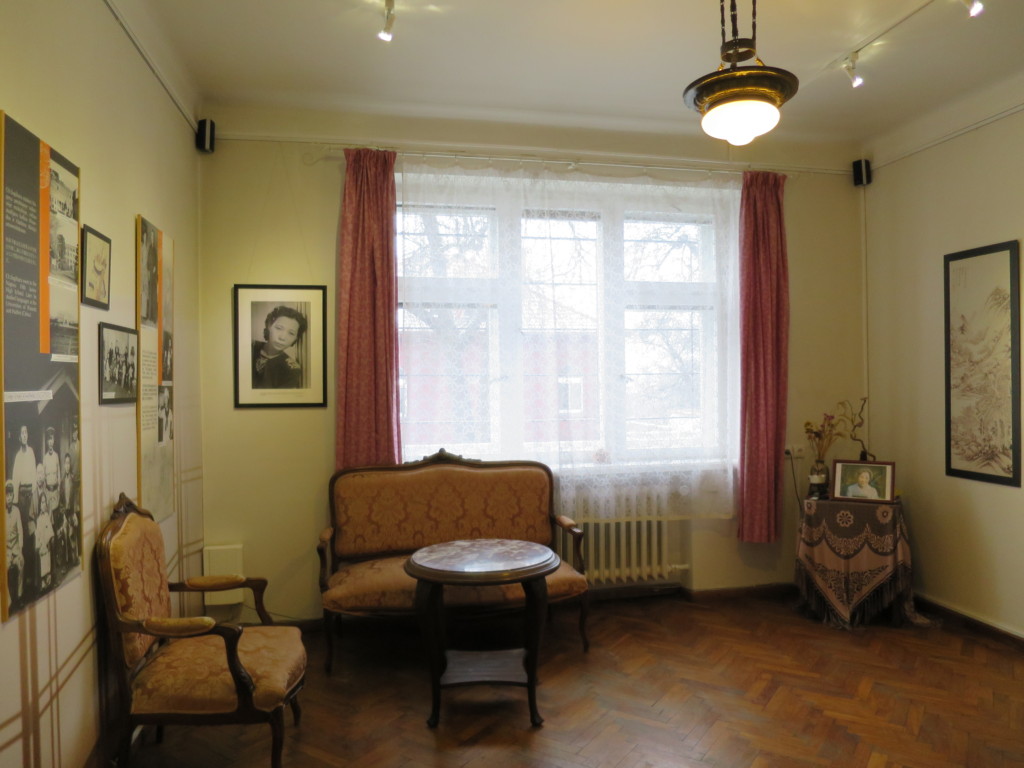
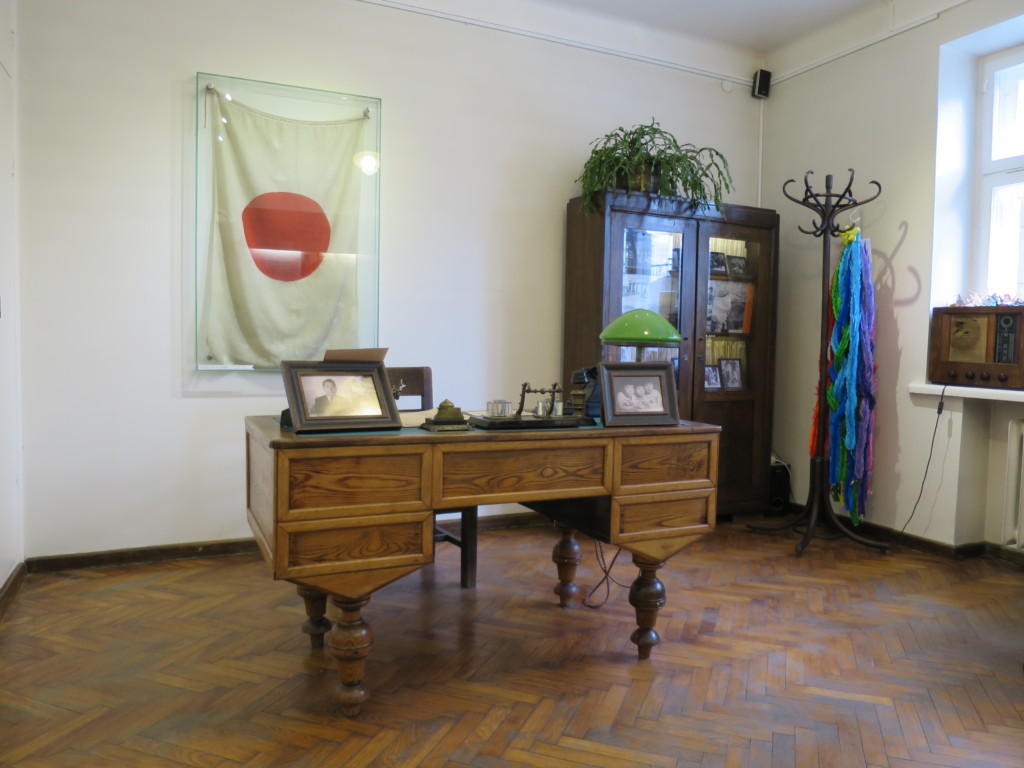
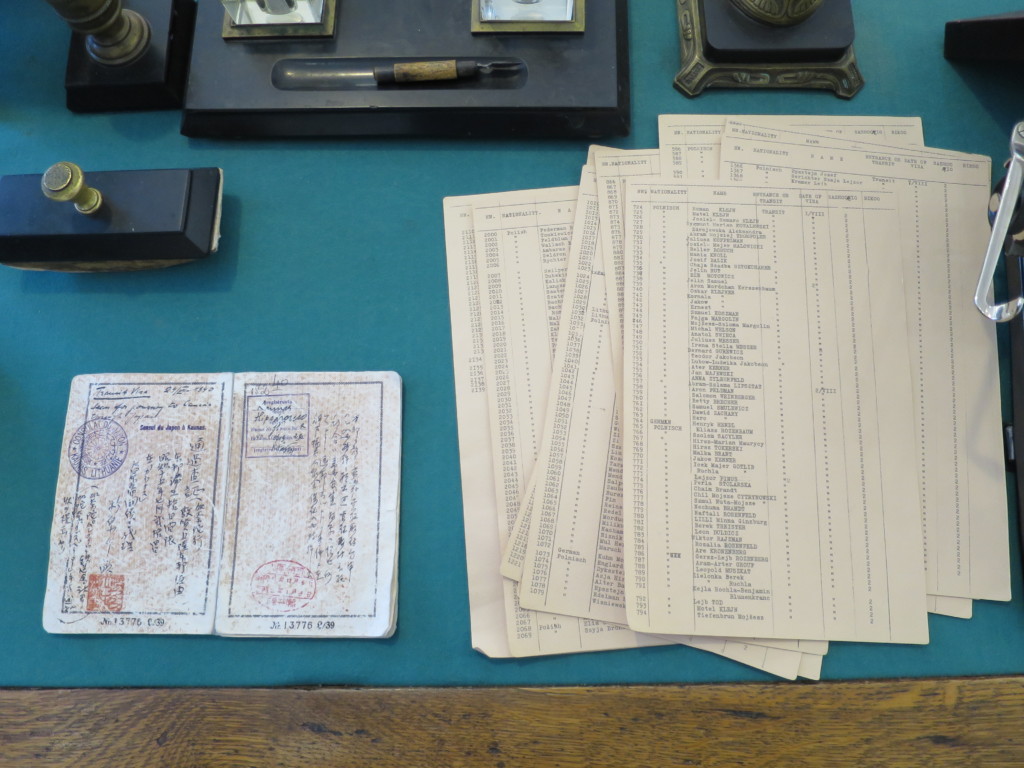
In nearby Siauliai: The Hill of Crosses
Some of the survivors’ stories lined the walls of the screening room, and they all told of a very patient diplomat and gentleman. I also noticed that besides the Japanese and Israeli flags, the Dutch flag also featured prominently in the house. I’ll let you find out why for yourselves. ;)
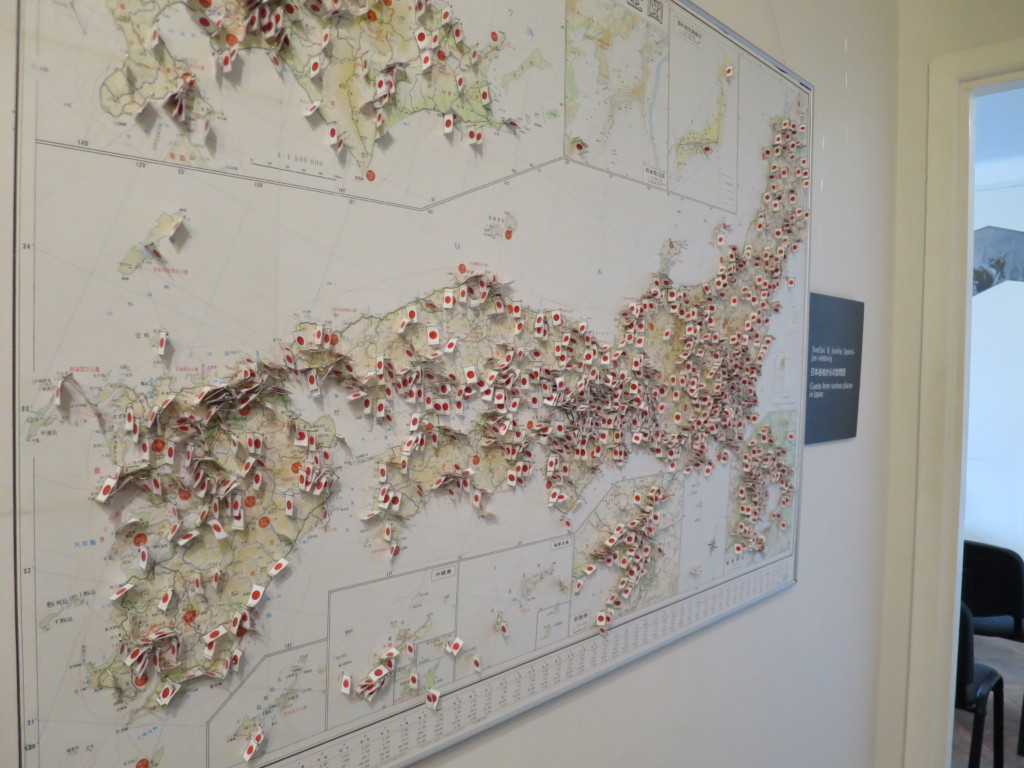
Majdanek: A far more sombre reflection
My thoughts
Growing up, I never learnt about Chiune Sugihara’s deeds. Lest we forget, where I come from, the Japanese Imperial Army were the aggressors in the Pacific Theatre of World War II, and they were brutal occupiers. Would he have risked his career for Asian refugees? I got my answer from the biography in the museum.
Prior to his time in Europe, he resigned from the Foreign Ministry in Manchuria over the ill-treatment of the Chinese. That challenged everything I thought I knew about how Japanese people viewed other Asians back then.
When I left the Sugihara House with V, the temperature outside didn’t matter anymore. What I’d seen had warmed my heart and kindled a fire in me. In the light of the refugee crises in Syria, Myanmar and other places, and the inappropriate Skittles and snake analogies being bandied around, it’s pertinent that we share the stories of Chiune Sugihara, Aristides do Sousa Mendes and other souls who sacrificed their careers to help those in need.
They were human beings and they needed help. I am glad I found the strength to make the decision to give it to them.
Chiune Sugihara
Directions to Sugihara House
Address: Vaižganto 30, Kaunas 01100
Hours: 11 a.m. – 3 p.m. (Mon – Fri)
We took minibus 51 from opposite the Vytautas Church to Sporto gatve. Walk down Perkuno aleje and follow the signs to the house.